Search for...
#shift elearning Bookmarks
Published Bookmarks
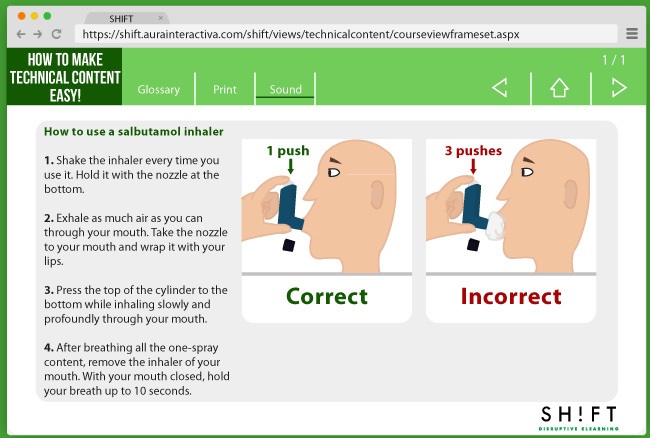 Easily Turn a Technical Subject into an Interesting eLearning Course
Easily Turn a Technical Subject into an Interesting eLearning Course
Content experts, instructional designers and other eLearning professionals often have to communicate complex information which learners may find difficult to understand and apply in their jobs. Although they routinely have to do this, there is a common misconception that technical content is too boring and pedantic. However, it does not need to be so.
This post examines the best ways to present technical information in an engaging and instructive manner.
This post examines the best ways to present technical information in an engaging and instructive manner.
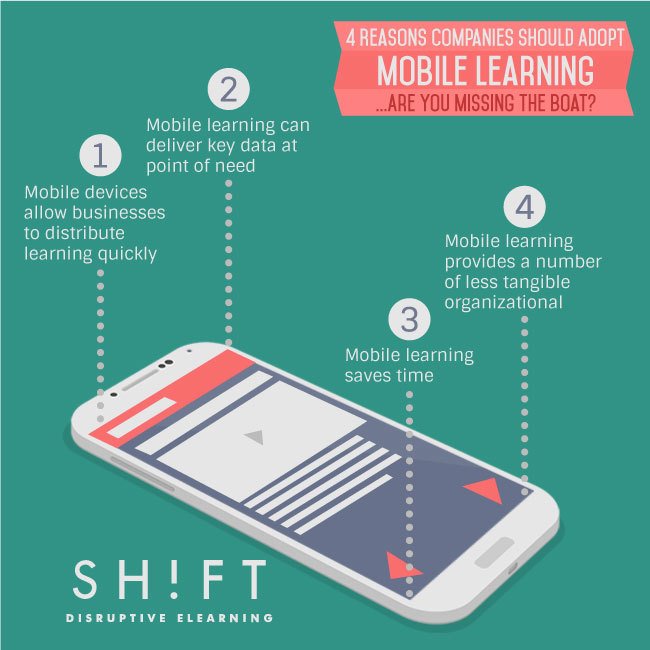 4 Reasons Companies Should Adopt Mobile Learning…Are You Missing the Boat?
4 Reasons Companies Should Adopt Mobile Learning…Are You Missing the Boat?
However, mLearning goes beyond simply using technology to deliver content to mobile devices; it is about knowing how to successfully operate across new and ever changing contexts and learning spaces. It's about understanding how to use everyday life situations for learning. The emphasis in mLearning lies with learning rather than teaching, challenging L&D professionals to comprehend learners’ needs, context, and skills better than ever before.
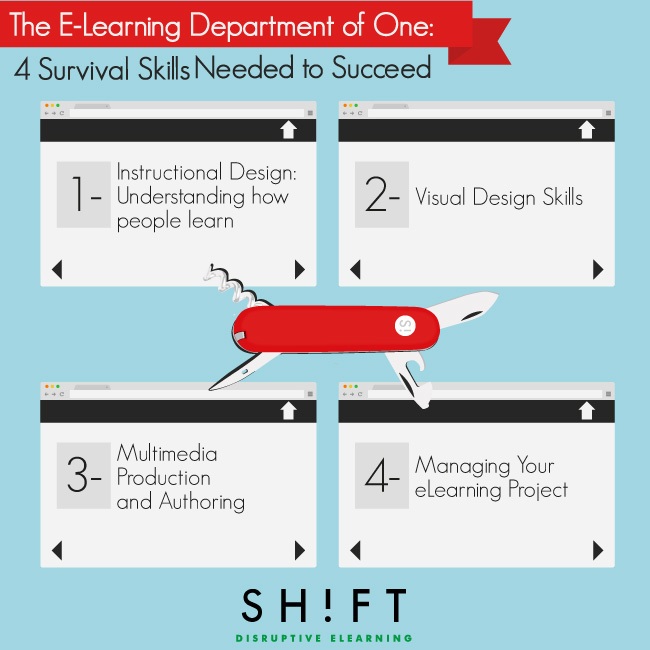 The E-Learning Department of One: Four Survival Skills Needed to Succeed
The E-Learning Department of One: Four Survival Skills Needed to Succeed
eLearning is rapidly growing in small companies and nonprofit organizations, where typically a single person is responsible for all eLearning activities — in other words, an eLearning department of one.
A one-man eLearning professional needs to be a programmer, project manager, graphic artist, and media specialist all rolled into one.
The following list takes a look at each of the four key skills and explains what you can do to improve.
A one-man eLearning professional needs to be a programmer, project manager, graphic artist, and media specialist all rolled into one.
The following list takes a look at each of the four key skills and explains what you can do to improve.
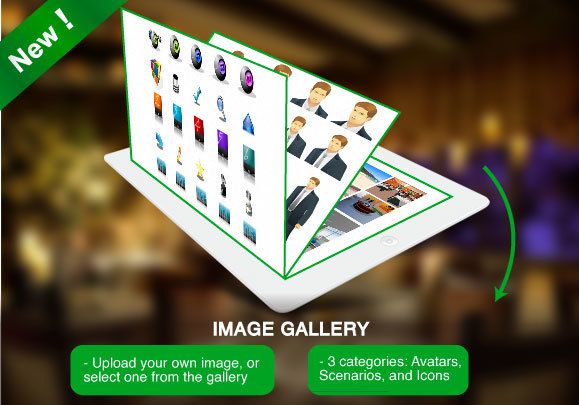 SHIFT Unveils A Powerful Way to Simplify Your eLearning Design Process
SHIFT Unveils A Powerful Way to Simplify Your eLearning Design Process
Are you looking for ways to simplify your eLearning design process? Today we're thrilled to announce a new, amazingly simple way to add visuals to your courses: SHIFT's New Image Gallery. In SHIFT, you can go beyond just loading your own images in our interfaces, now you have the possibility to choose an image from an extense and very complete gallery.
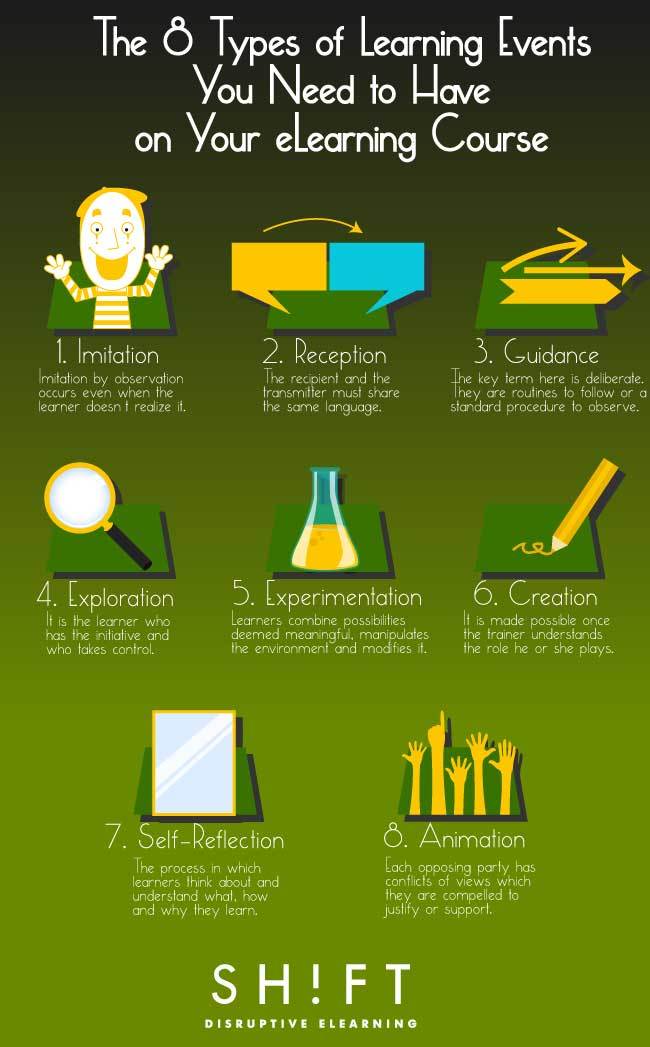 The 8 Types of Learning Events You Need to Have on Your eLearning Course
The 8 Types of Learning Events You Need to Have on Your eLearning Course
A good eLearning course requires the right combination of learning events. But what are these exactly? A learning event is a simplified description of the student's learning activity. There's an infinite number of learning strategies, but only eight learning events. It isn’t necessary to use all the events in the creation of your course. Just get acquainted with each of them to make sure you use the right combination to make your course effective.
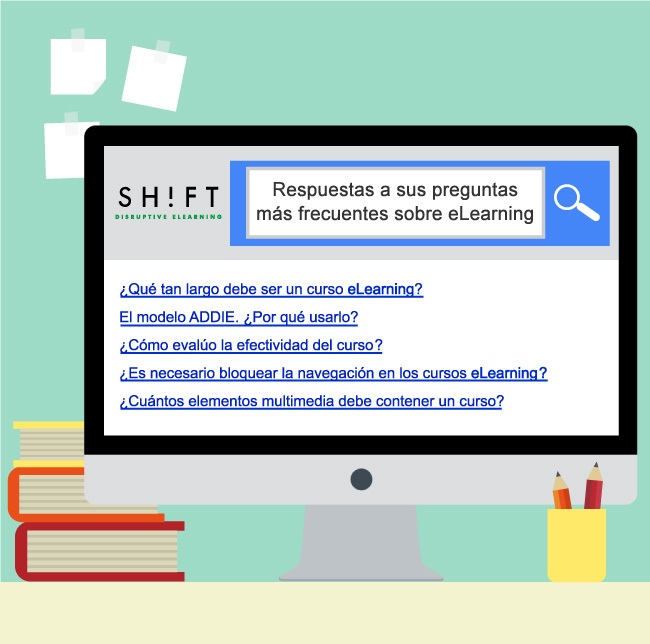 Las respuestas a sus preguntas más frecuentes sobre eLearning
Las respuestas a sus preguntas más frecuentes sobre eLearning
Aquí las top cinco preguntas y respuestas sobre eLearning más comunes que se hacen los diseñadores instruccionales, capacitadores y otros profesionales en la industria del eLearning. Descubra las respuestas y lo que es más, sepa como pueden ayudarle a mejorar sus cursos
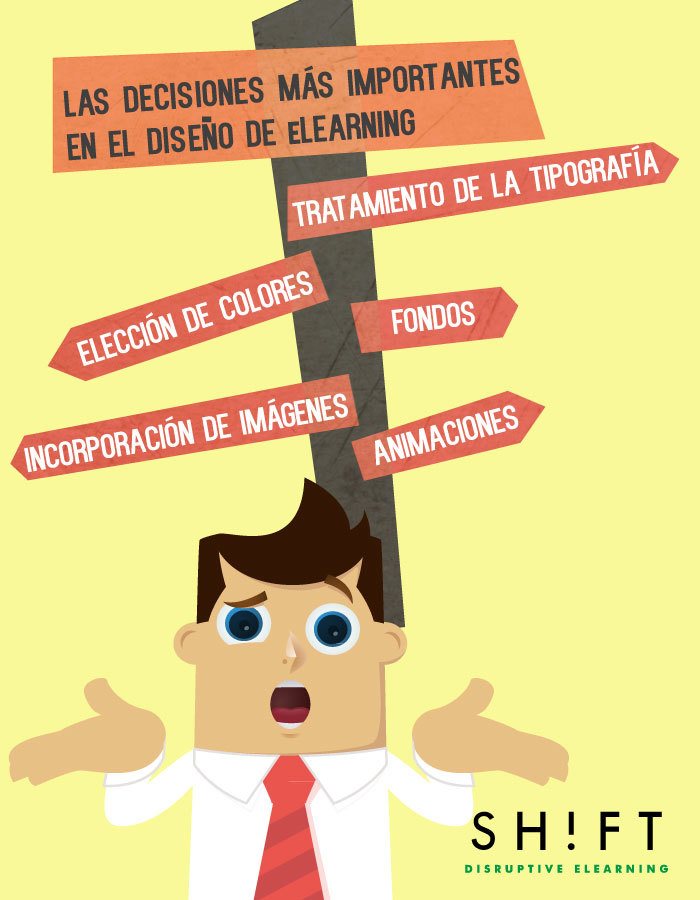 Las decisiones más importantes en el diseño de eLearning
Las decisiones más importantes en el diseño de eLearning
Para crear un buen diseño es necesario tomar decisiones inteligentes y los diseñadores de eLearning más hábiles lo saben. Saben que la apariencia de un curso es una decisión muy importante en el proceso de desarrollo. Con esto en mente, tratan de crear pantallas que atraigan la atención de los estudiantes, que los motiven hacia la interacción y que los ayuden a lograr las metas de aprendizaje sin confusión ni cansancio.
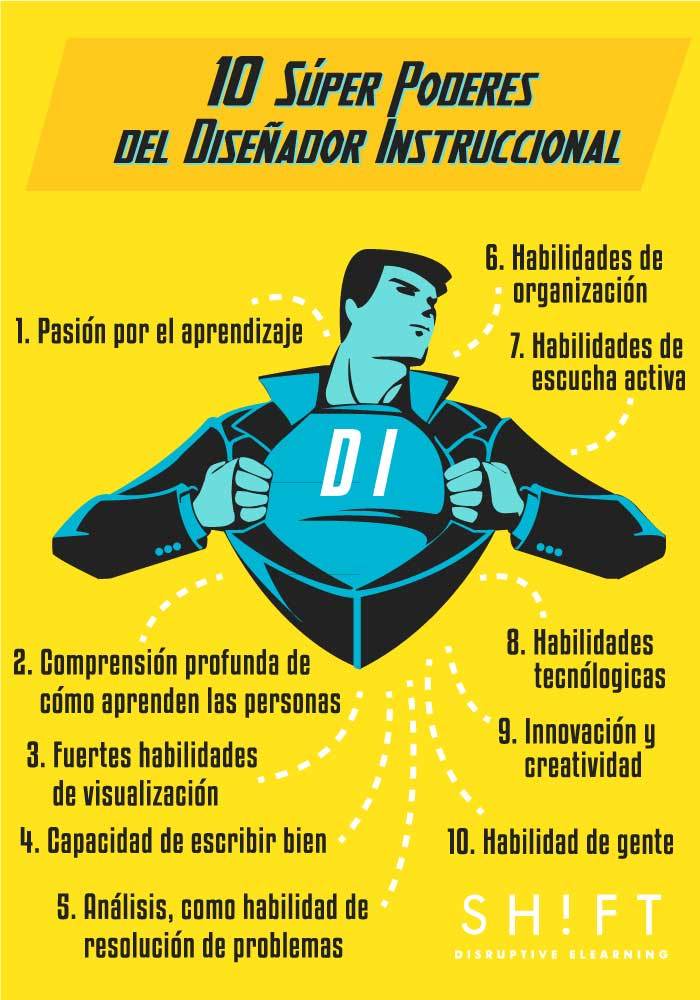 10 súper poderes del Diseñador Instruccional
10 súper poderes del Diseñador Instruccional
Cualquier diseñador profesional de eLearning estaría de acuerdo en que los usuarios están siempre el corazón de lo que hacen. La mayor parte de nuestros artículos el año pasado se centraron en los usuarios. Pero ¿qué pasa con los propios diseñadores?
Es por eso que vamos a empezar el año con esta lista rápida de todos los súper poderes que un diseñador instruccional excepcional debe tener:
Es por eso que vamos a empezar el año con esta lista rápida de todos los súper poderes que un diseñador instruccional excepcional debe tener:
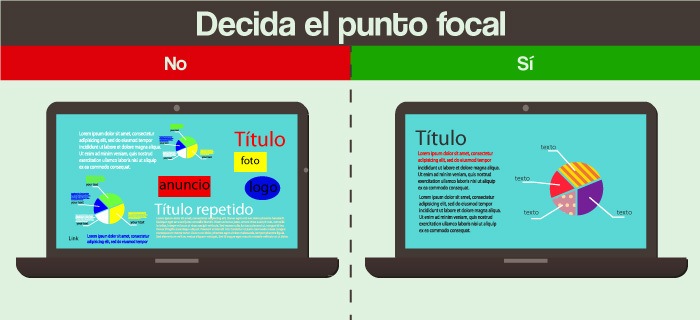 Guíe los ojos del estudiante: Consejos rápidos (y ejemplos) para un diseño de eLearning efectivo
Guíe los ojos del estudiante: Consejos rápidos (y ejemplos) para un diseño de eLearning efectivo
Los autores Duff y Mohler señalan al respecto: "El buen diseño se basa en el flujo de los ojos. Entre más movimiento ocular se necesita dentro de un campo visual, menos información puede ser recibida y procesada.”
He aquí cómo usted puede reducir al mínimo el movimiento del ojo.
He aquí cómo usted puede reducir al mínimo el movimiento del ojo.
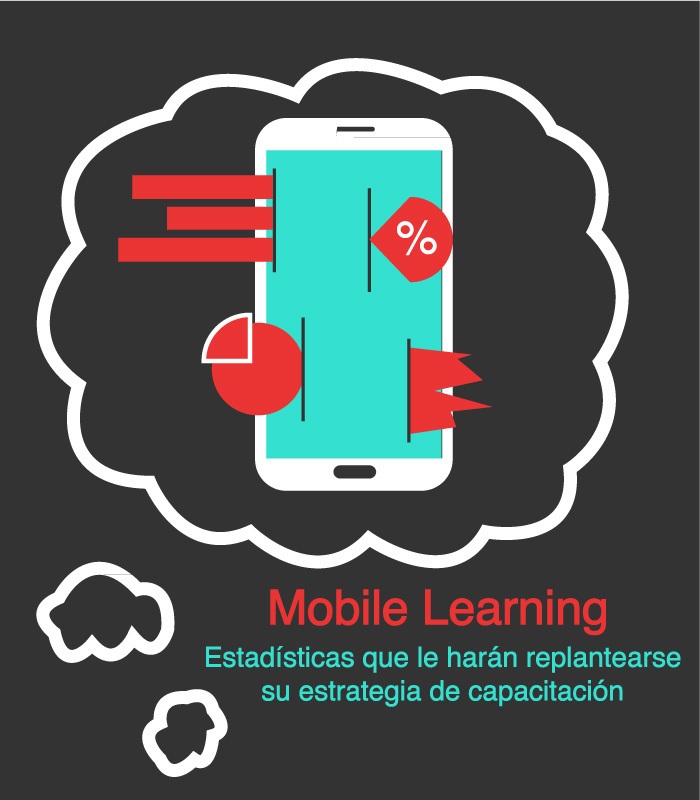 Mobile Learning: Estadísticas que le harán replantearse su estrategia de capacitación
Mobile Learning: Estadísticas que le harán replantearse su estrategia de capacitación
"Dentro de los próximos cinco años, no solo cambiaremos sino que transformaremos la forma en que capacitamos y educamos con base en la tendencia móvil", predice Daniel Burrus, director general de la Asociación de Investigación Burrus Inc.
Si está considerando el Mobile Learning como forma de capacitación en su empresa este 2014, puede serle útil conocer algunas de las estadísticas más relevantes en relación a esta tendencia.
Si está considerando el Mobile Learning como forma de capacitación en su empresa este 2014, puede serle útil conocer algunas de las estadísticas más relevantes en relación a esta tendencia.
Submit Bookmark

